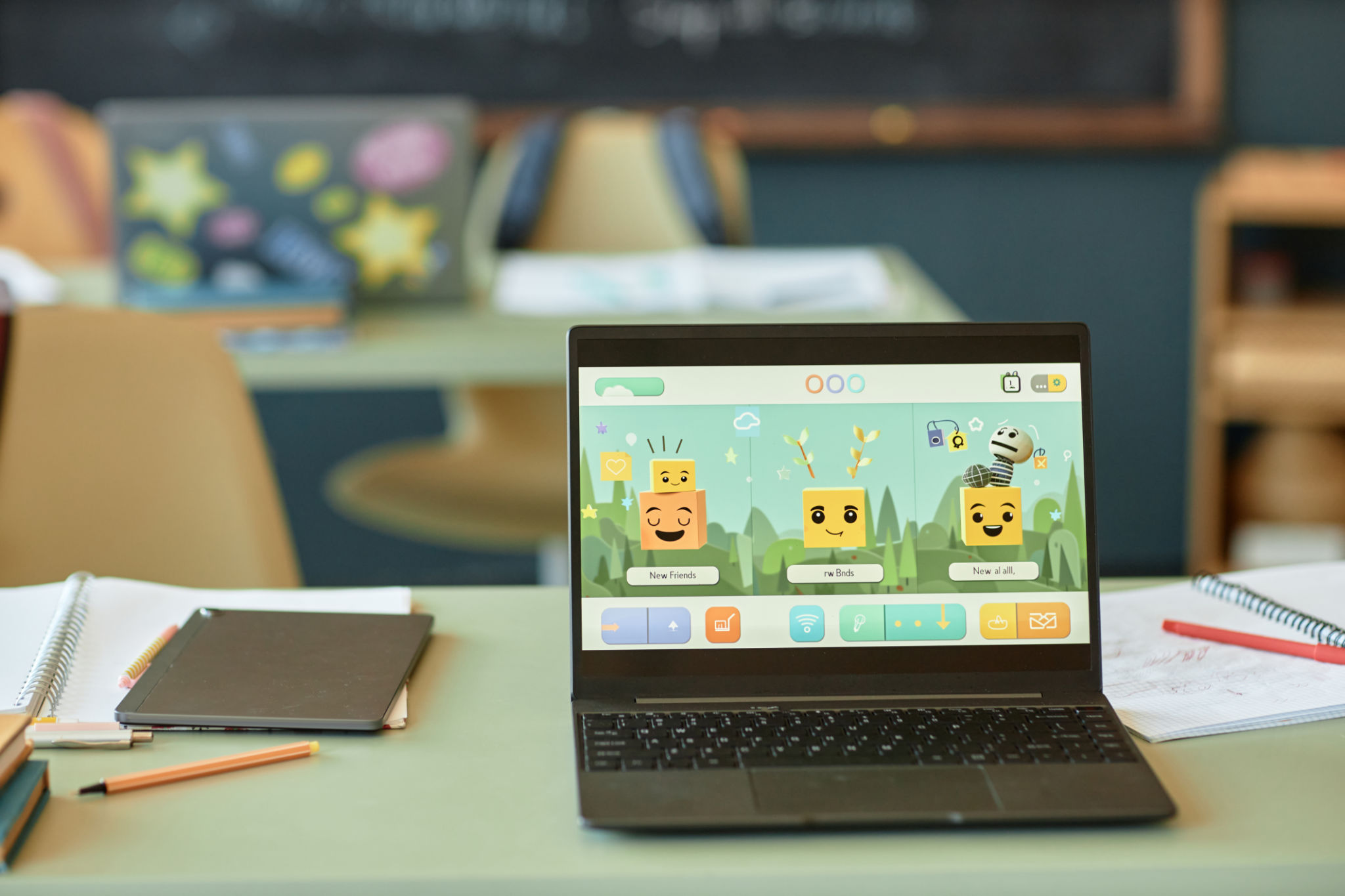Exploring Innovative Features of Online Learning Platforms for Literacy
JT
Introduction to Online Learning Platforms for Literacy
In recent years, online learning platforms have revolutionized the way we approach education, particularly in the field of literacy. These platforms have introduced a range of innovative features that not only enhance the learning experience but also make literacy more accessible to diverse audiences. From interactive content to personalized learning paths, the potential of these tools is immense.
Online learning platforms are designed to offer flexibility and convenience, allowing learners to access materials anytime and anywhere. This has been a game-changer for many individuals who may not have access to traditional educational resources due to geographical or financial constraints.

Interactive and Engaging Content
One of the standout features of modern online learning platforms is the use of interactive and engaging content. This includes multimedia elements such as videos, animations, and gamified activities that help to maintain learners' interest and motivation. By integrating these elements, platforms can transform traditional, text-heavy materials into dynamic learning experiences.
Interactive content is particularly beneficial in literacy education as it allows learners to engage with texts in a more meaningful way. For instance, digital storybooks with clickable elements can help young readers improve their vocabulary and comprehension skills through interactive storytelling techniques.
Gamification: Making Learning Fun
Gamification is another innovative feature that online platforms use to enhance literacy learning. By incorporating game-like elements such as points, badges, and leaderboards, these platforms turn learning into an enjoyable challenge. This approach encourages learners to stay engaged and motivated as they progress through the curriculum.

Personalized Learning Paths
Personalization is at the heart of many successful online learning platforms. By using data analytics and artificial intelligence, these platforms can tailor the learning experience to meet the individual needs of each student. This means that learners can progress at their own pace and receive additional support in areas where they may struggle.
For literacy learners, this personalized approach can make a significant difference. The platform can recommend specific activities or resources based on the learner's performance, ensuring they receive targeted support to overcome challenges and build strong literacy skills.
Adaptive Learning Technologies
Adaptive learning technologies are a key component of personalized learning paths. These technologies continuously assess the learner's progress and adjust the content accordingly. This dynamic adjustment ensures that learners are always presented with material that is neither too easy nor too difficult, maintaining an optimal level of challenge.

Collaboration and Community Building
Online learning platforms have also embraced the power of collaboration by providing tools for learners to connect and work together. Features such as discussion forums, peer reviews, and group projects foster a sense of community among learners, which is essential for building confidence and communication skills.
In literacy education, these collaborative tools allow learners to share their interpretations of texts, provide feedback, and learn from each other's perspectives. This not only enhances their understanding of the material but also helps develop critical thinking and social skills.
Conclusion: The Future of Literacy Education
The innovative features of online learning platforms are reshaping the landscape of literacy education. By offering interactive content, personalized learning paths, and opportunities for collaboration, these platforms provide a comprehensive and engaging educational experience for learners worldwide. As technology continues to evolve, it is exciting to imagine how these tools will further enhance literacy education in the future.

